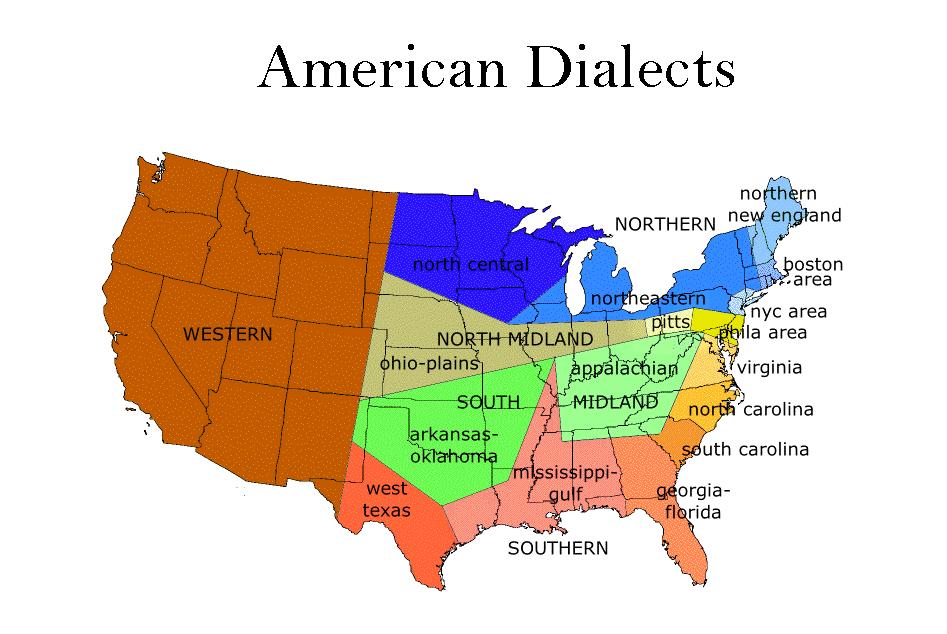Language is a living, breathing entity that evolves over time, shaped by cultural influences, geographical variations, and social interactions. In every language, dialects emerge, each carrying its unique flavor, nuances, and idiomatic expressions. For those seeking to navigate these linguistic waters, an interpreter plays a crucial role in bridging the gaps between different dialects, ensuring effective communication. Understanding the most common dialects in a given language is not just about vocabulary; it involves grasping the cultural context and emotional undertones that words can convey.
In today's globalized world, where travel and communication span across continents, the need for interpreters who can decode dialects has never been greater. These professionals are not merely translators; they are cultural ambassadors who facilitate understanding between speakers of different dialects. As we delve deeper into the intricacies of dialects within a language, we uncover the challenges and rewards that come with interpreting these variations.
From regional accents to idiomatic expressions, the richness of dialects adds depth to our understanding of a language. But how do interpreters prepare for the task of bridging dialectal differences? What skills do they need to ensure accurate and meaningful communication? This article will explore these questions and provide insights into the fascinating world of dialects and interpretation.
What Are Dialects and Why Do They Matter?
Dialects are variations of a language that are specific to a particular region or social group. They can differ in pronunciation, vocabulary, and grammatical structures. Understanding dialects is essential for several reasons:
- They reflect cultural identity and heritage.
- They influence social interactions and relationships.
- They can affect comprehension and communication.
How Do Dialects Differ from Each Other?
The differences between dialects can be subtle or pronounced, depending on various factors. Some of the key distinctions include:
- Pronunciation: How words are pronounced can vary significantly, even among speakers of the same language.
- Vocabulary: Certain words may be unique to a dialect, leading to potential misunderstandings.
- Grammar: Different dialects may have different grammatical rules, which can complicate interpretation.
How Does an Interpreter Navigate Dialectal Differences?
Interpreters must possess a deep understanding of the dialects they work with. This includes:
- Extensive training in both the source and target dialects.
- Knowledge of cultural nuances that influence language use.
- Strong listening skills to accurately capture the speaker's message.
What Skills Are Essential for an Interpreter?
To effectively understand the most common dialects in a given language, an interpreter should have the following skills:
- Language Proficiency: A high level of fluency in both dialects is crucial.
- Cultural Competence: Understanding the cultural context behind the language used.
- Active Listening: The ability to listen and comprehend on multiple levels.
- Adaptability: Being flexible to adjust to different dialects and communication styles.
How Do Interpreters Prepare for Dialect Variation?
Preparation is key for interpreters who wish to successfully navigate dialectal differences. This preparation may include:
- Researching the specific dialects they will encounter.
- Practicing with native speakers to fine-tune their skills.
- Studying cultural references that may come up in conversation.
What Are Common Challenges Faced by Interpreters?
Interpreters often face a variety of challenges when dealing with dialects:
- Miscommunication: Variations in vocabulary can lead to misunderstandings.
- Accent Thickening: Some dialects may have heavy accents that make comprehension difficult.
- Cultural References: Dialects may contain idioms or phrases that are unique to a particular community.
How Can Technology Assist Interpreters?
Technology has transformed the field of interpretation, offering new tools that can help interpreters better understand the most common dialects in a given language:
- Translation Apps: These can provide instant translations and dialect comparisons.
- Online Resources: Websites and forums dedicated to dialect studies offer valuable insights.
- Virtual Reality: Immersive experiences can help interpreters practice in real-world scenarios.
Conclusion: The Importance of Understanding Dialects in Interpretation
In conclusion, the ability to understand the most common dialects in a given language is a vital skill for interpreters. As they navigate the rich tapestry of language variations, they play a crucial role in fostering communication and understanding across cultures. By mastering dialects, interpreters not only enhance their professional capabilities but also contribute to the preservation of linguistic diversity.


